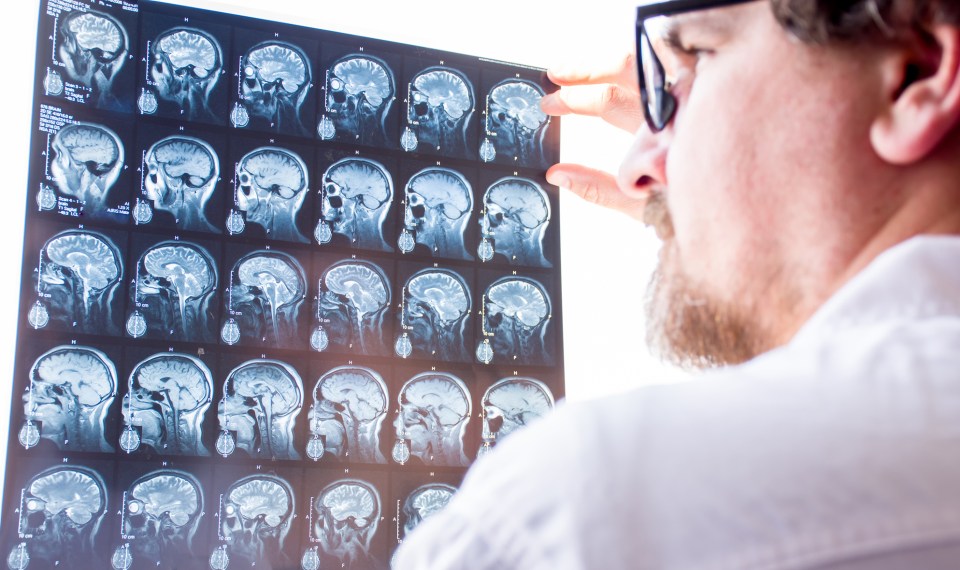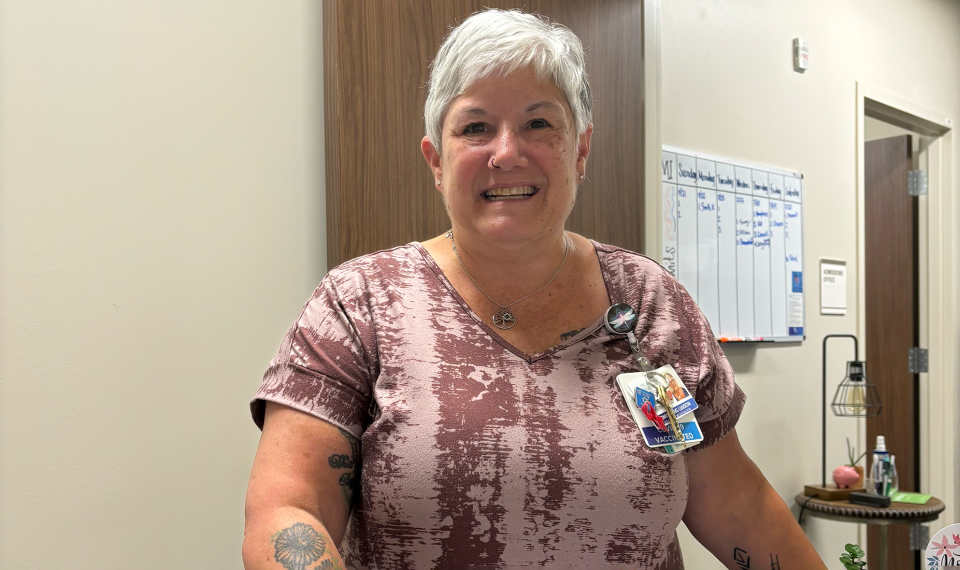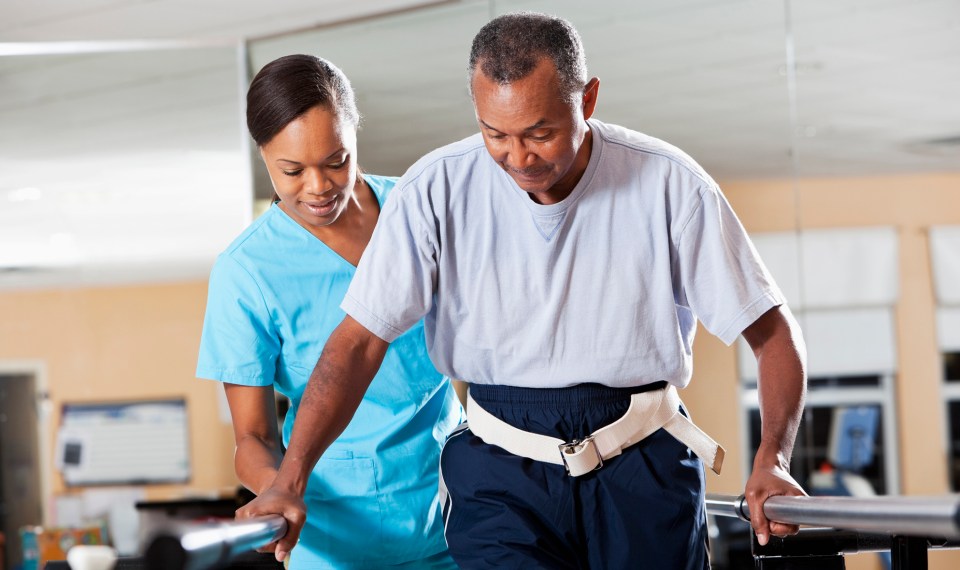Stroke and aneurysm are often confused, but the two are very different. When symptoms occur, they both become medical emergencies.
What Is a Stroke?
There are two types of strokes. Approximately 90% of strokes are ischemic strokes. This type of stroke happens when an artery that supplies blood to the brain is blocked by a clot. The second type of stroke is hemorrhagic. Hemorrhagic stroke happens when a weakened blood vessel in the brain or between the brain and skull ruptures and bleeds. While less common, the consequences of hemorrhagic stroke are just as severe.
Reducing risk factors can lessen your chance of stroke. Some risks cannot be eliminated or changed, but modifiable risk factors are those you can decrease with diet and lifestyle improvements.
Risk factors for ischemic stroke include:
- Age
- Sex
- Race/ethnicity
- Hypertension (high blood pressure)
- Current smoking
- Being overweight
- Diet
- Lack of physical activity
- Hyperlipidemia
- Diabetes
- Drinking alcohol
Hemorrhagic stroke risk factors include:
- Age
- Sex
- Race/ethnicity
- Hypertension
- Current smoking
- Being overweight
- Drinking alcohol
- Diet
Symptoms of Stroke
The American Stroke Association uses the acronym F.A.S.T. to identify the warning signs of stroke.
- F – Facial drooping on one side. When asked to smile, the smile is uneven.
- A – Arm weakness. Weakness or numbness may be noted, and when both arms are raised, one arm drifts downward.
- S – Speech slurring or difficulty.
- T – Time to call 911. Do not delay. Call 911 immediately if you experience signs of stroke.
Some medical groups now use the acronym BE-FAST. B – Balance problems, including coordination problems or sudden dizziness. E – Eyes. Sudden vision changes and difficulty seeing out of one or both eyes.
Stroke Treatment
Clot-busting drugs administered within three hours after the first symptoms of ischemic stroke improves the chances of stroke recovery and reduces disability. Hemorrhagic stroke may require surgery or other procedures to halt the bleeding.
Rehabilitation After Stroke
The goal of rehabilitation after stroke is to help the stroke survivor become as independent as possible. Rehabilitation should start in the hospital as soon as your condition is stable. Depending on the area of the brain affected, rehabilitation therapy may be needed to help with speech, movement, coordination and activities of daily living. It can also improve mental health. It offers the best chance to regain abilities and learn to function more fully with deficits caused by stroke.
What is an Aneurysm?
An aneurysm happens when an artery becomes weakened, causing an area along the artery wall to widen or bulge outward. If the artery expands quickly or ruptures, symptoms occur, and it becomes a medical emergency. The most common areas for an aneurysm are in the aorta – the main artery that supplies blood from the heart to the body; the cerebral artery in the brain; the popliteal artery behind the knee; the mesenteric artery that flows to the intestine; and the splenic artery in the spleen.
Aneurysms can be hereditary, or they may develop due to injury or aortic disease. Cerebral aneurysms that develop in the arteries of the brain can occur in men or women of any age, but they are most common in adults between the ages of 30 and 60, particularly women.
Risk factors for aneurysm include:
- Inherited conditions, including connective tissue disorders, polycystic kidney disease, arteriovenous malformations in the brain, and close family members with aneurysm
- Untreated high blood pressure numbers
- Smoking
- Drug abuse, especially cocaine or amphetamines
- Age (over 40)
Some aneurysms are more likely to rupture than others. Aneurysm shape, size, location and thickness are all factors doctors take into account when determining the likelihood of rupture.
Symptoms of Aneurysm
Symptoms don’t typically develop unless the aneurysm grows large, leaks or ruptures. A large aneurysm that is pushing on nerves and tissues may produce the following symptoms:
- Pain behind or above the eye
- Pupil dilatation
- Vision changes or double vision
- Numbness
- Weakness
- One-sided facial paralysis
Symptoms of a ruptured aneurysm include:
- Sudden, severe headache
- Double vision
- Nausea and vomiting
- Stiff neck
- Light sensitivity
- Seizures
- Loss of consciousness
- Cardiac arrest
When an aneurysm leaks a small amount of blood into the brain, it is considered a warning sign that the aneurysm may rupture in the days or weeks to come. Not all leaky aneurysms produce symptoms, but a severe headache with or without other symptoms should signal the need for an immediate medical evaluation.
Reducing the Risk of Aneurysm Rupture
- Reduce blood pressure through healthy eating, exercise and medications
- Quit smoking
- Do not use cocaine or other stimulant drugs
Treatment of Aneurysm
Small unruptured aneurysms may not require treatment. Your doctor may recommend monitoring the aneurysm depending on the type, size, risk of rupture, your age, overall health and risk of treatment.
Treatment for ruptured aneurysms or those at risk of rupture include:
- Surgery. Brain surgery is performed to block blood flow to the aneurysm by placing a clip on the neck of the aneurysm.
- Platinum coil embolization. A catheter is placed in an artery (typically in the groin) and threaded to the brain. Small coils of platinum wire are passed through the catheter and placed to reduce blood flow to the aneurysm.
- Flow diversion devices. These are used to treat very large aneurysms that can’t be treated with other methods. A flexible stent is inserted in the artery to reduce blood flow to the artery.
- Medications. Antiseizure drugs and/or calcium channel-blocking drugs could be prescribed.
- Shunt. This is a surgically placed device used to alleviate cerebrospinal fluid build-up that is putting pressure on the brain.
Following surgery to repair a ruptured brain aneurysm, extensive rehabilitation is required to address physical, emotional and cognitive changes. Recovery may be a long process requiring intensive therapy. Physical therapy is used to build muscle strength, regain balance, and relearn movements. Occupational therapy assists in activities of daily living including dressing, showering, cooking, feeding and other routine tasks. Speech therapy focuses on regaining the ability to speak and swallow.
The content of this site is for informational purposes only and should not be taken as professional medical advice. Always seek the advice of your physician or other qualified healthcare provider with any questions you may have regarding any medical conditions or treatments.



